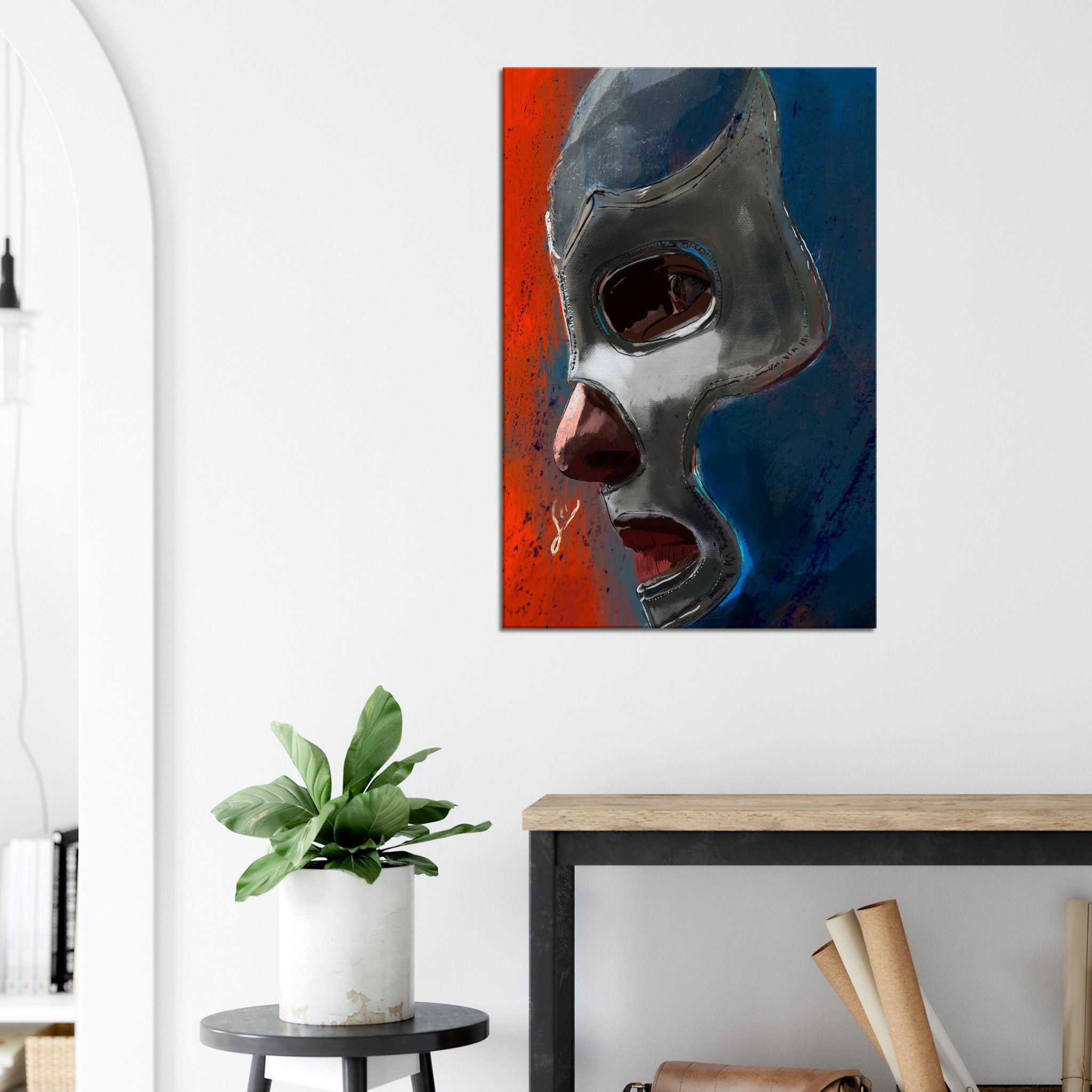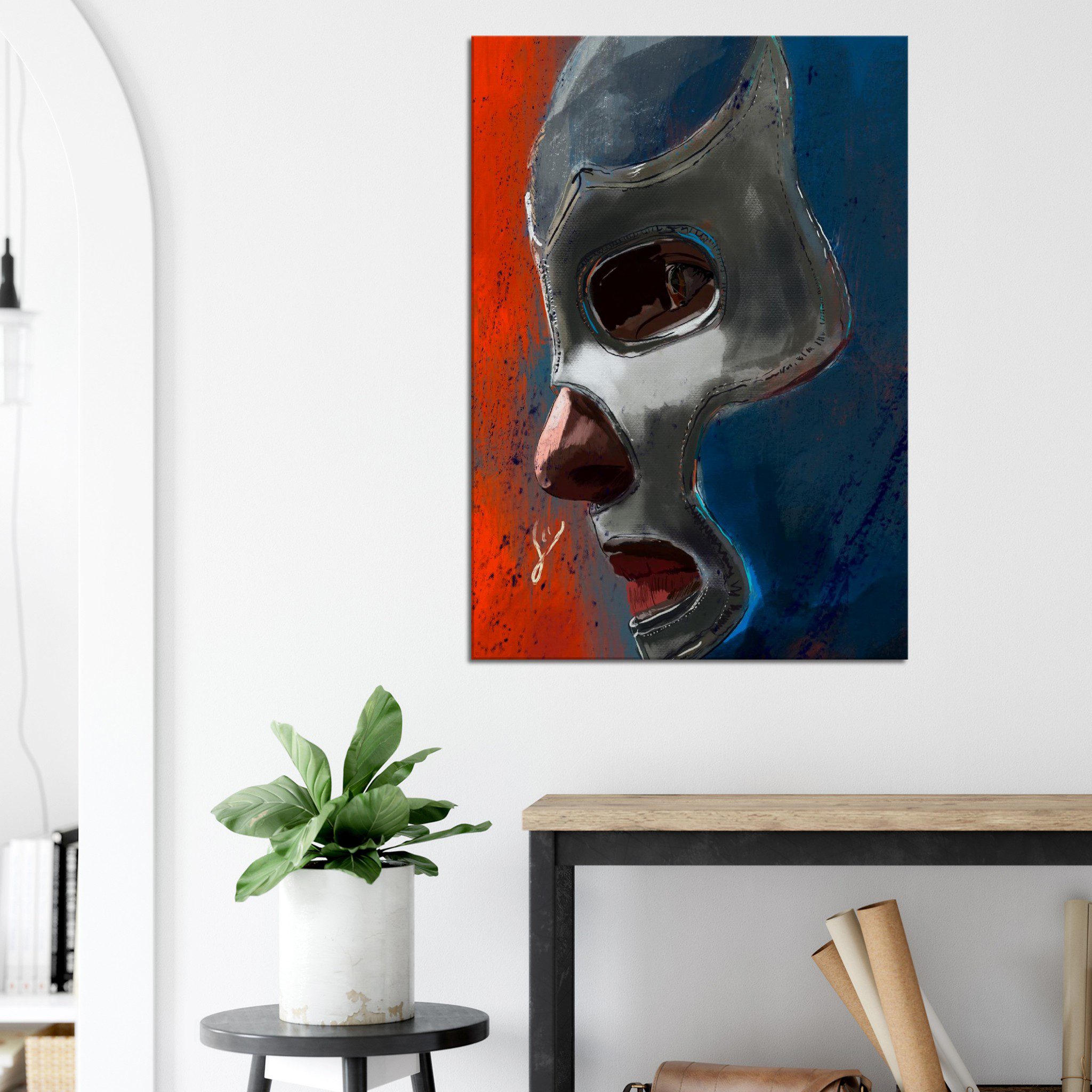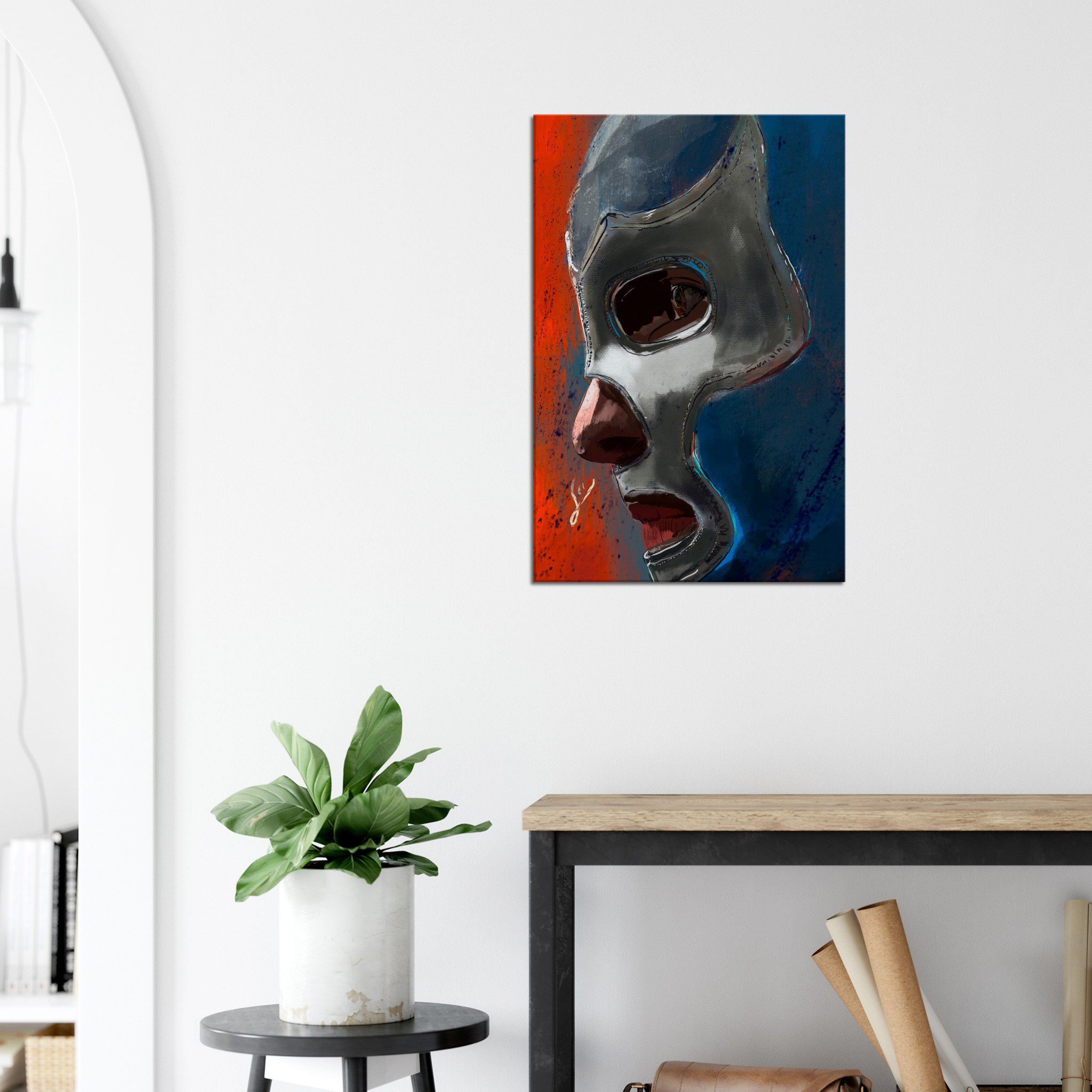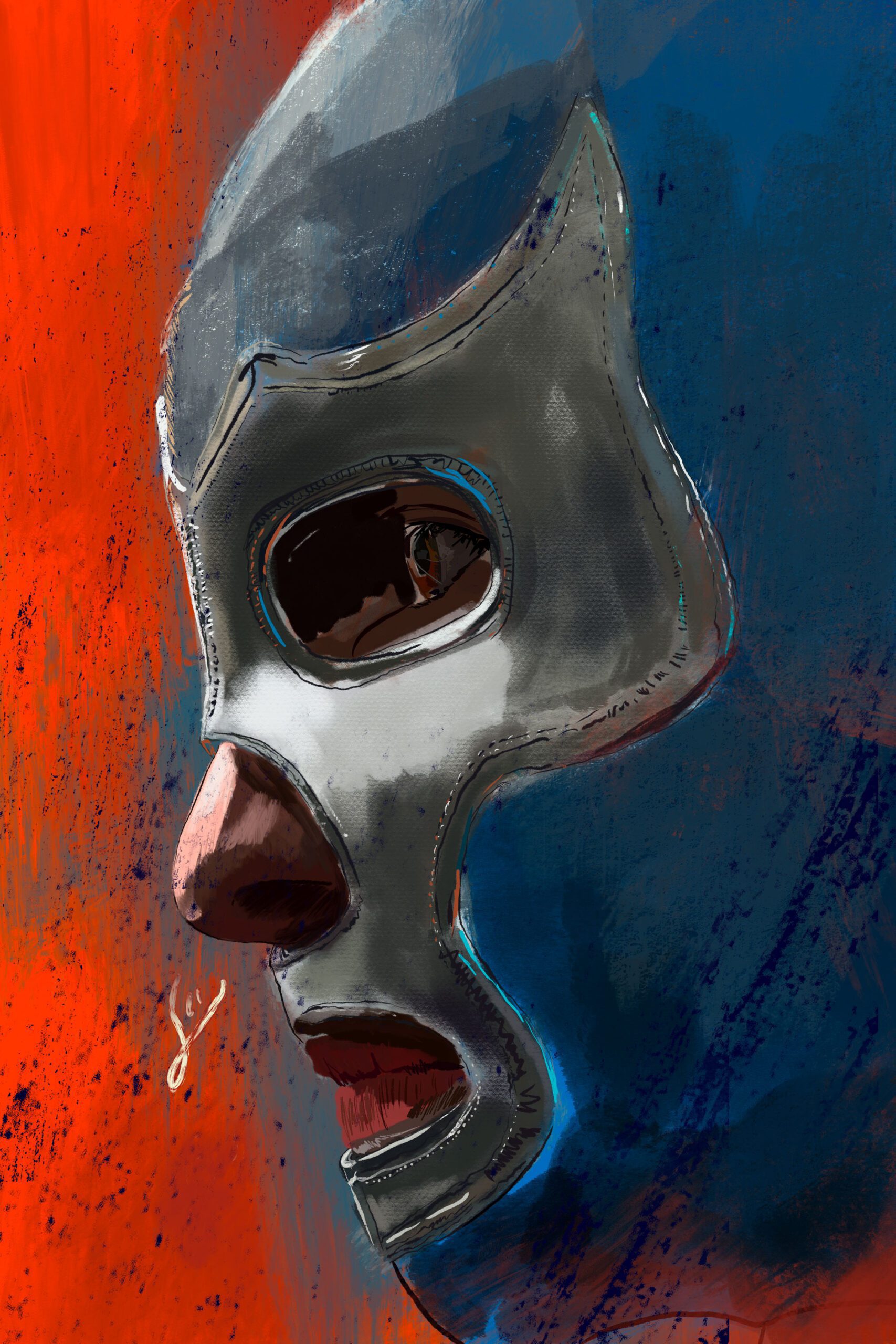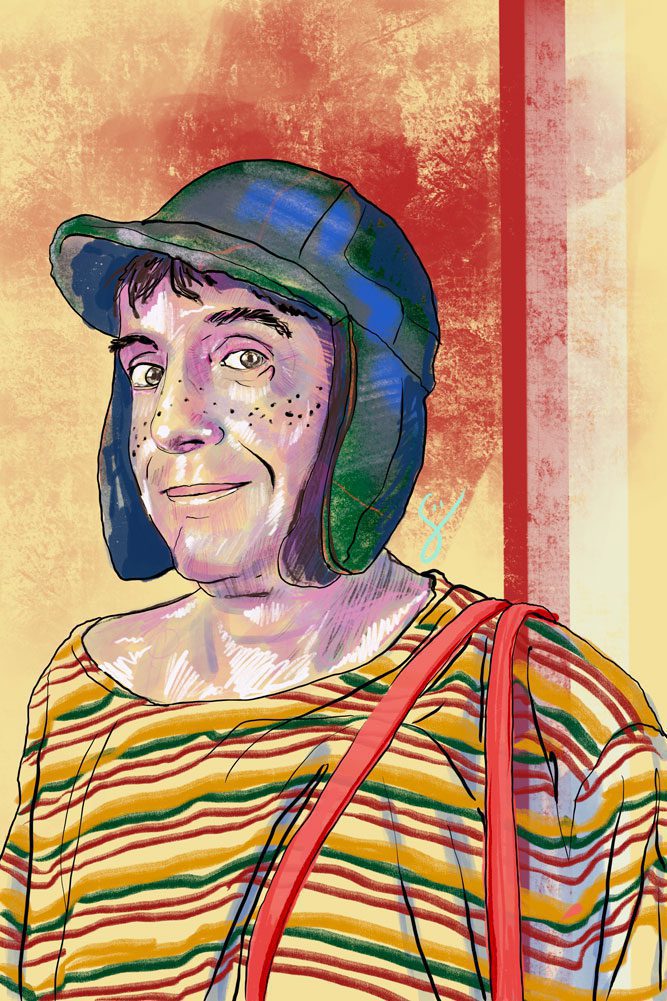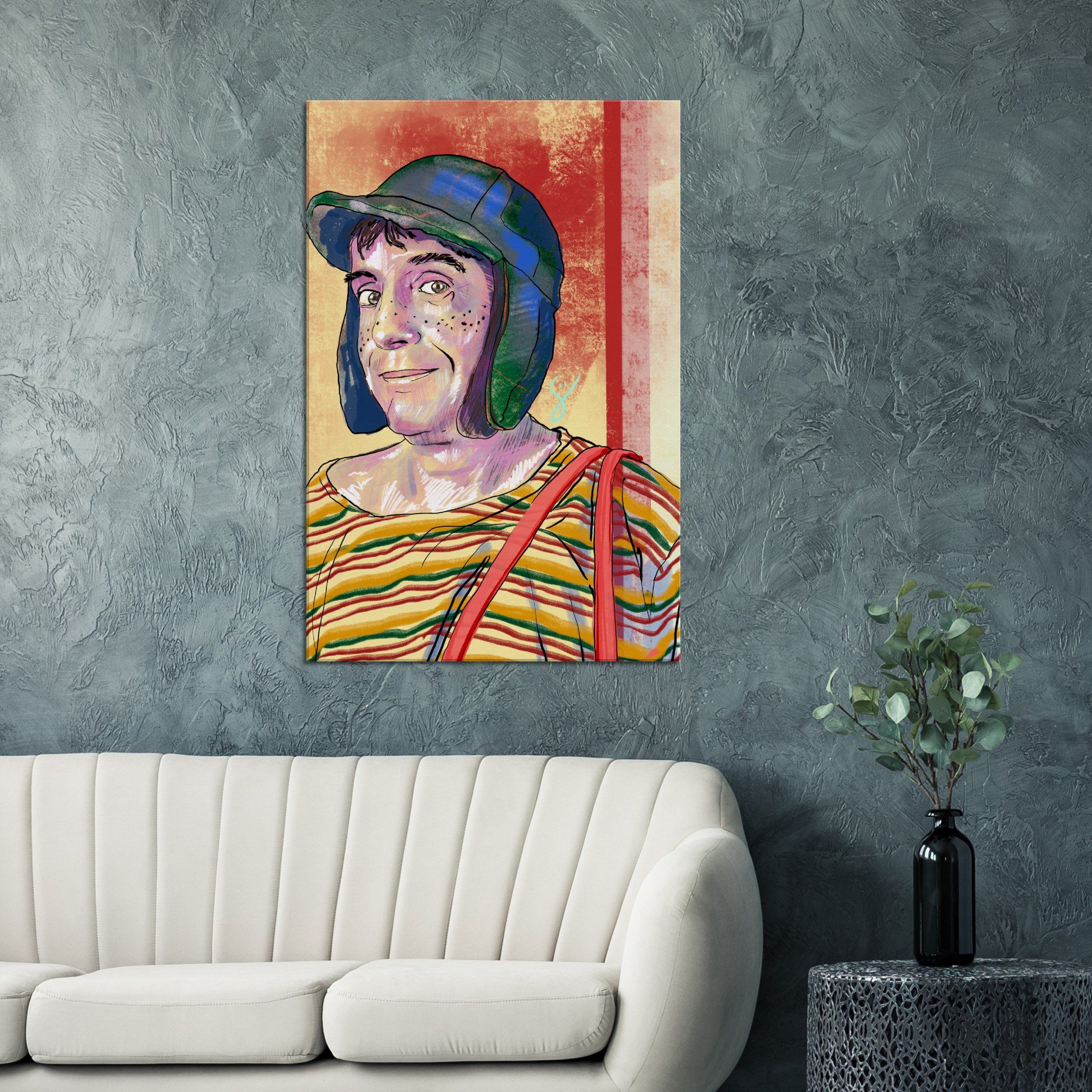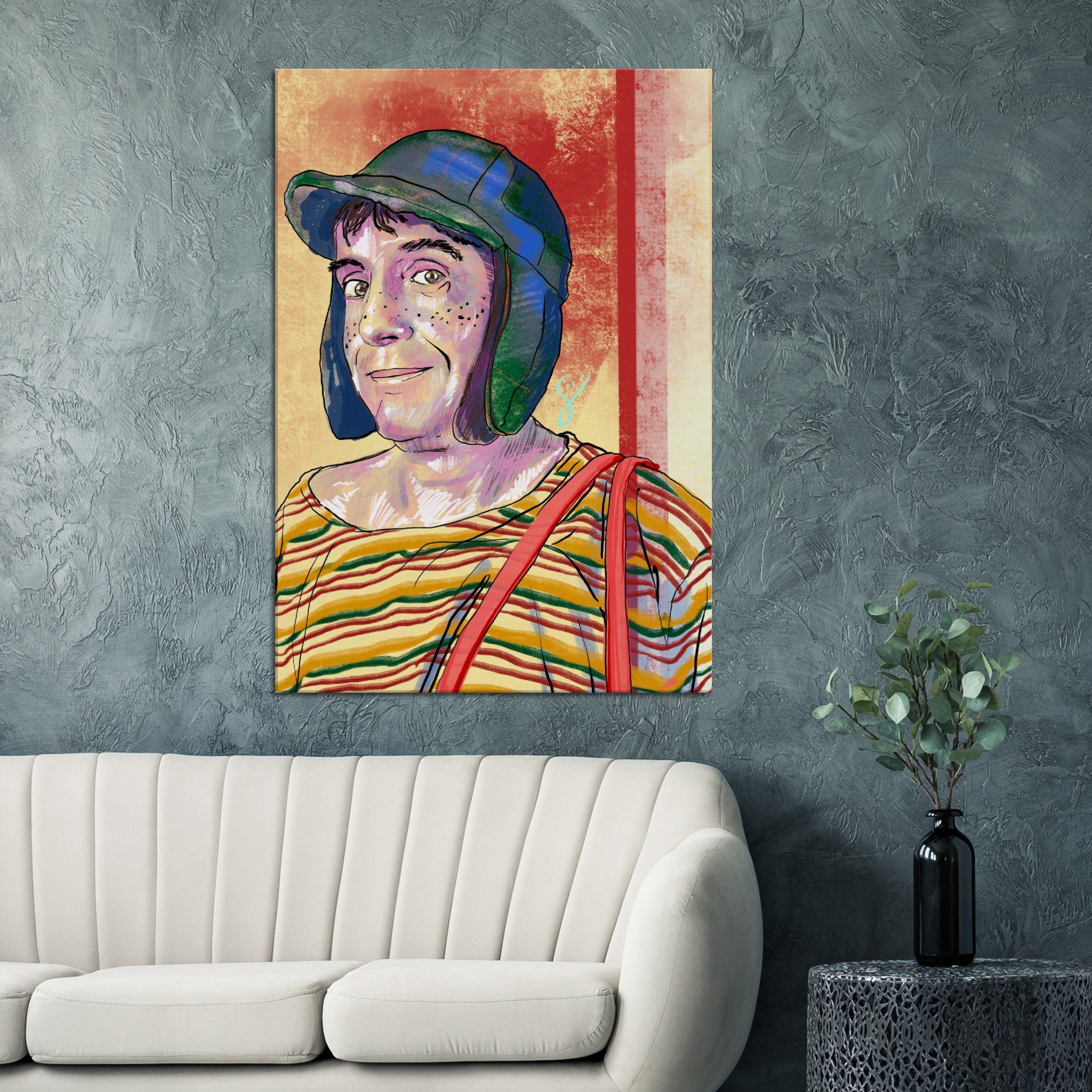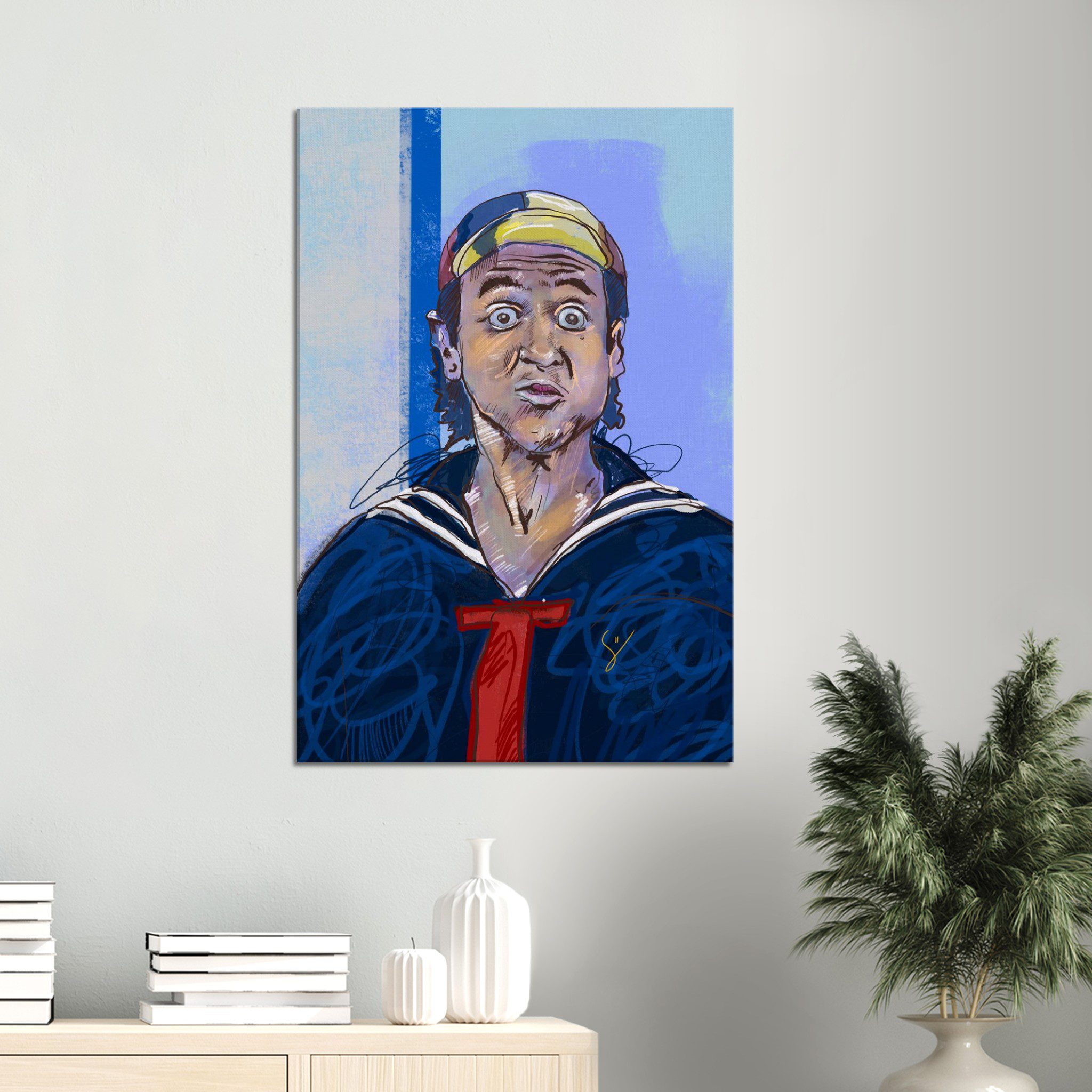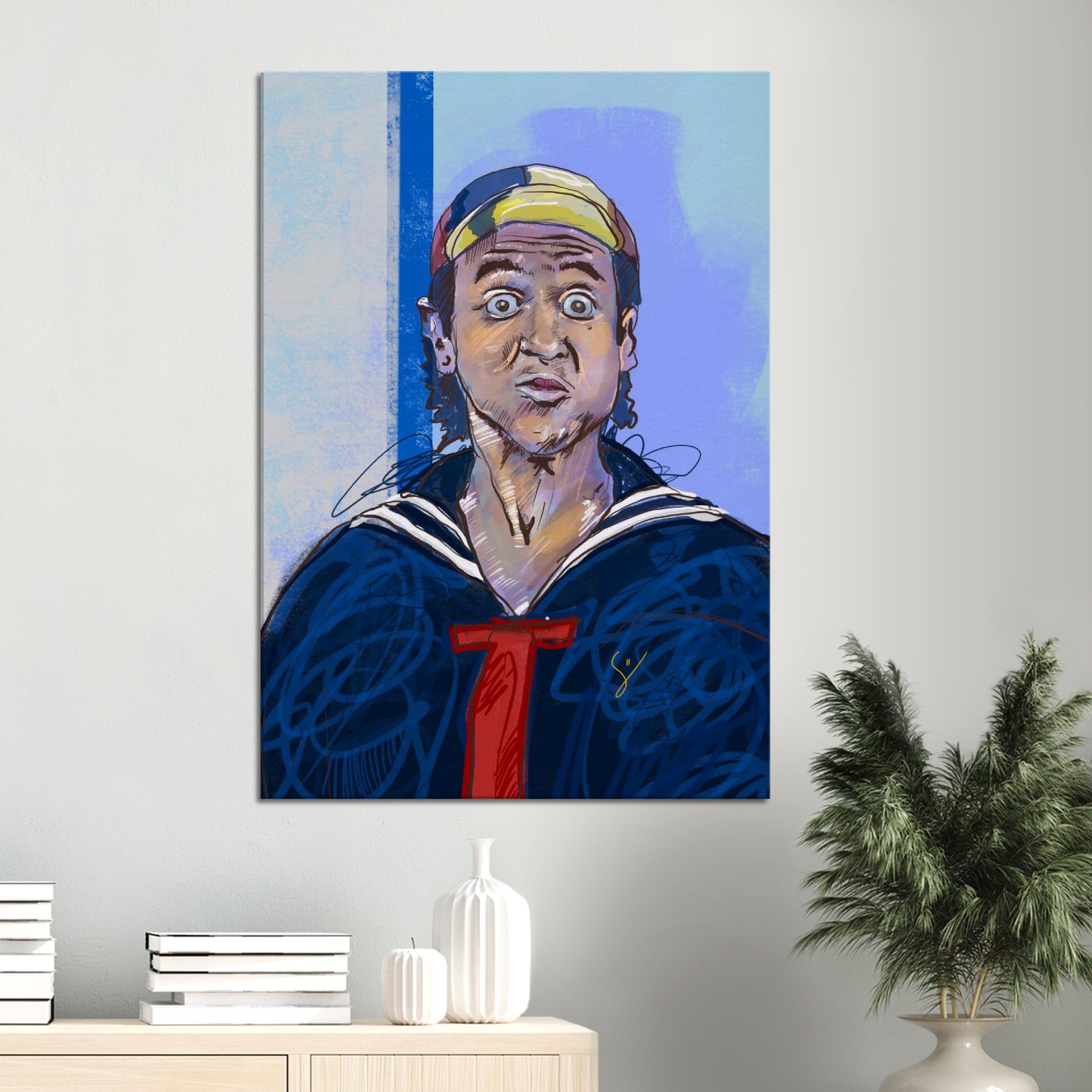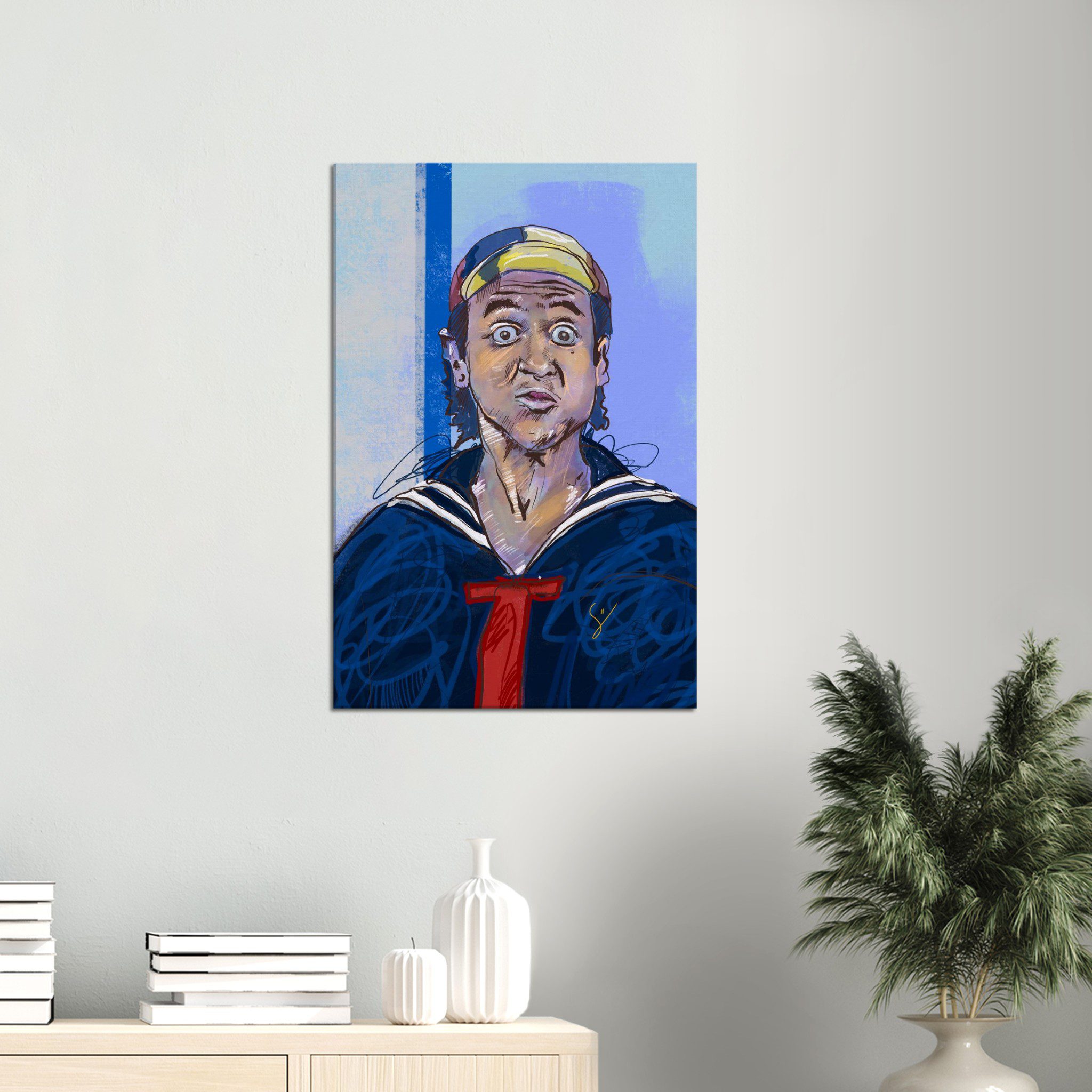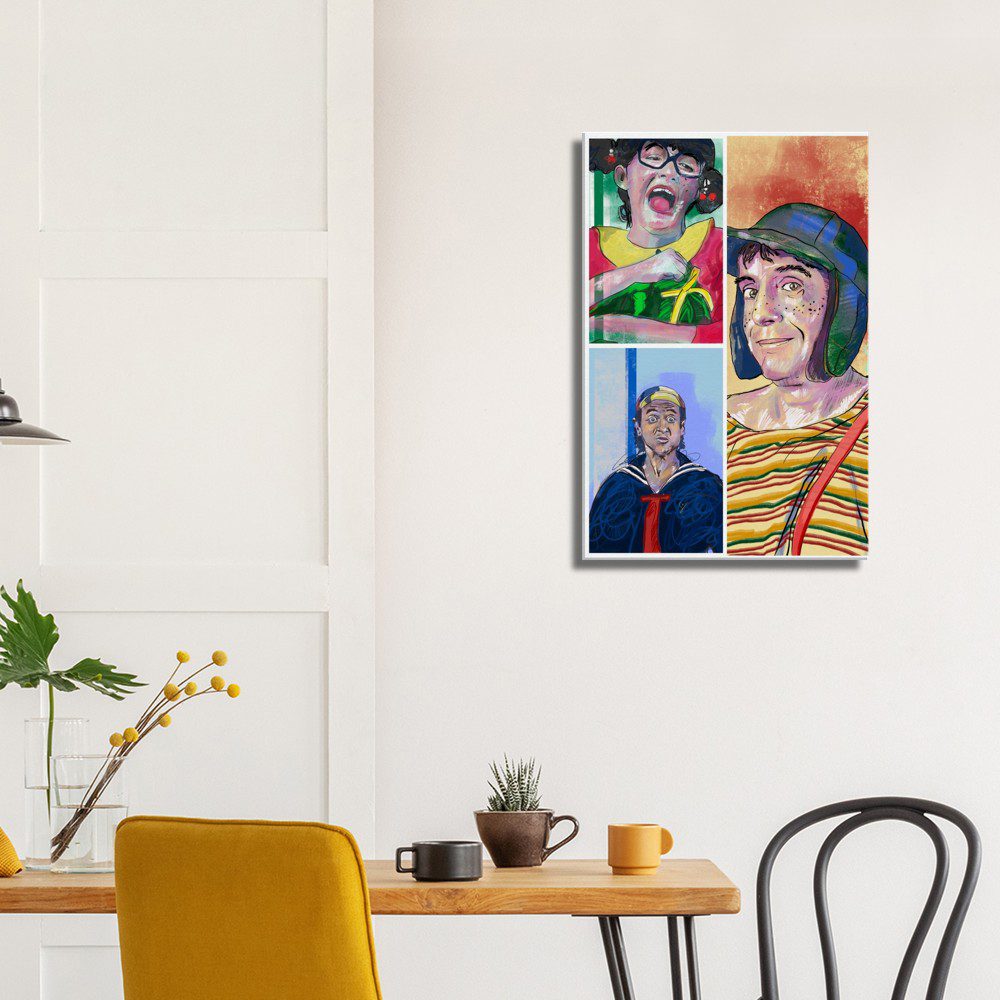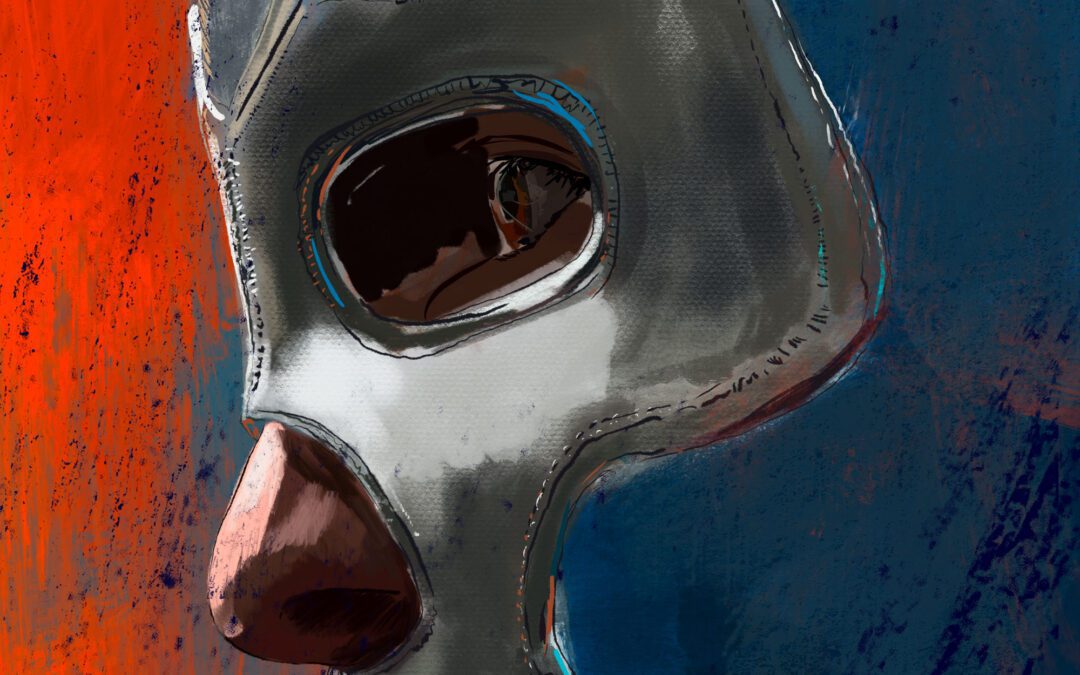
Lucha Libre’s Growing Popularity in US Pop Culture
In recent years, there has been a remarkable shift in the world of American pop culture. Wrestling fans may have noticed a colorful and acrobatic form of entertainment gaining prominence in the mainstream – Lucha Libre. Originating in Mexico, Lucha Libre has found a new home in the hearts of American audiences, marking its ascent to mainstream pop culture prominence. This article explores the growing popularity of Lucha Libre in the United States and its impact, with a special focus on the iconic figures of Blue Demon and El Santo.
The Lucha Libre Revolution
Lucha Libre, often referred to as “Mexican wrestling,” is a distinctive form of professional wrestling characterized by its high-flying acrobatics, colorful masks, and dramatic storytelling. Unlike its American counterpart, Lucha Libre places significant emphasis on the theatrical aspects of the sport, with wrestlers taking on larger-than-life personas and engaging in feuds that blur the lines between reality and fiction.
One of the driving forces behind the surge in Lucha Libre’s popularity in the United States is its unique blend of athleticism and entertainment. The high-octane action inside the ring, combined with the captivating storytelling outside of it, appeals to a wide range of fans. Lucha Libre offers something for everyone – from die-hard wrestling enthusiasts to casual viewers looking for an adrenaline rush.
Blue Demon
Blue Demon, whose real name was Alejandro Muñoz Moreno, is often regarded as one of the founding fathers of Lucha Libre. He donned a striking blue mask that became an iconic symbol of his wrestling persona. His incredible in-ring skills, combined with a charismatic presence, made him an immediate fan favorite.
In the early 1950s, Blue Demon made a significant impact in the United States, particularly in the Southwest, where there was a growing Mexican-American population. His battles with other Lucha Libre legends, such as El Santo, drew large crowds and helped solidify the sport’s foothold in American soil.
Blue Demon’s legacy endures even today, as his name and image continue to inspire a new generation of wrestlers and fans alike. In recent years, his life story was even adapted into a biographical film, “Blue Demon,” further solidifying his status as a pop culture icon.

El Santo
If there is one figure synonymous with Lucha Libre, it is El Santo. Born Rodolfo Guzmán Huerta, El Santo adopted a silver mask and cape as his trademark look. What set El Santo apart was not only his wrestling prowess but also his crossover appeal. He was not just a wrestling superstar; he was a bona fide cultural icon.
El Santo’s influence reached far beyond the wrestling ring. He starred in a series of wildly popular Lucha Libre movies, where he played a superhero-like character who fought against supernatural forces and criminals. These films not only entertained but also established El Santo as a beloved figure in Mexican cinema.
In the United States, El Santo’s fame soared during the 1960s and 1970s, thanks to syndicated broadcasts of his matches and movies. His captivating presence, both inside and outside the ring, made him a household name. Today, his legacy is celebrated through various forms of media, including comics, action figures, and even tribute events.
Lucha Libre in Mainstream Media
The growing popularity of Lucha Libre in the United States is not limited to live wrestling events. The sport has infiltrated various forms of mainstream media, from television to comic books, cementing its place in pop culture.
Television
One of the most significant milestones for Lucha Libre in the United States was the creation of Lucha Underground, a television series that blended wrestling with supernatural storytelling. Premiering in 2014, the show featured top Lucha Libre talent and introduced many American viewers to the thrilling world of Mexican wrestling. Lucha Underground’s unique format and engaging storylines garnered a dedicated fanbase and earned critical acclaim.
Additionally, Lucha Libre AAA Worldwide, one of Mexico’s premier wrestling organizations, has made inroads into the American television market through partnerships with major networks. This exposure has allowed American audiences to witness the excitement and drama of Lucha Libre on a regular basis.
Comic Books
Lucha Libre has also made its mark in the world of comic books. Various publishers have produced Lucha Libre-themed comic series, blending the athleticism of wrestling with superheroic elements. These comics often feature Lucha Libre icons like Blue Demon and El Santo, further cementing their status as enduring pop culture figures.
One notable example is the “Santo” comic book series, which chronicles the adventures of El Santo as a masked superhero. These comics have found a dedicated following among fans of both Lucha Libre and comic book culture.
Lucha Libre’s growing popularity in mainstream US pop culture is a testament to its unique blend of athleticism and entertainment. With iconic figures like Blue Demon and El Santo leading the way, the sport has captured the hearts of American audiences. Whether through television, comics, or live events, Lucha Libre has carved out its own niche, offering a vibrant and exhilarating form of entertainment that continues to thrive in the United States. As its influence continues to spread, Lucha Libre’s colorful masks and acrobatic feats are sure to remain a beloved and enduring part of American pop culture.

